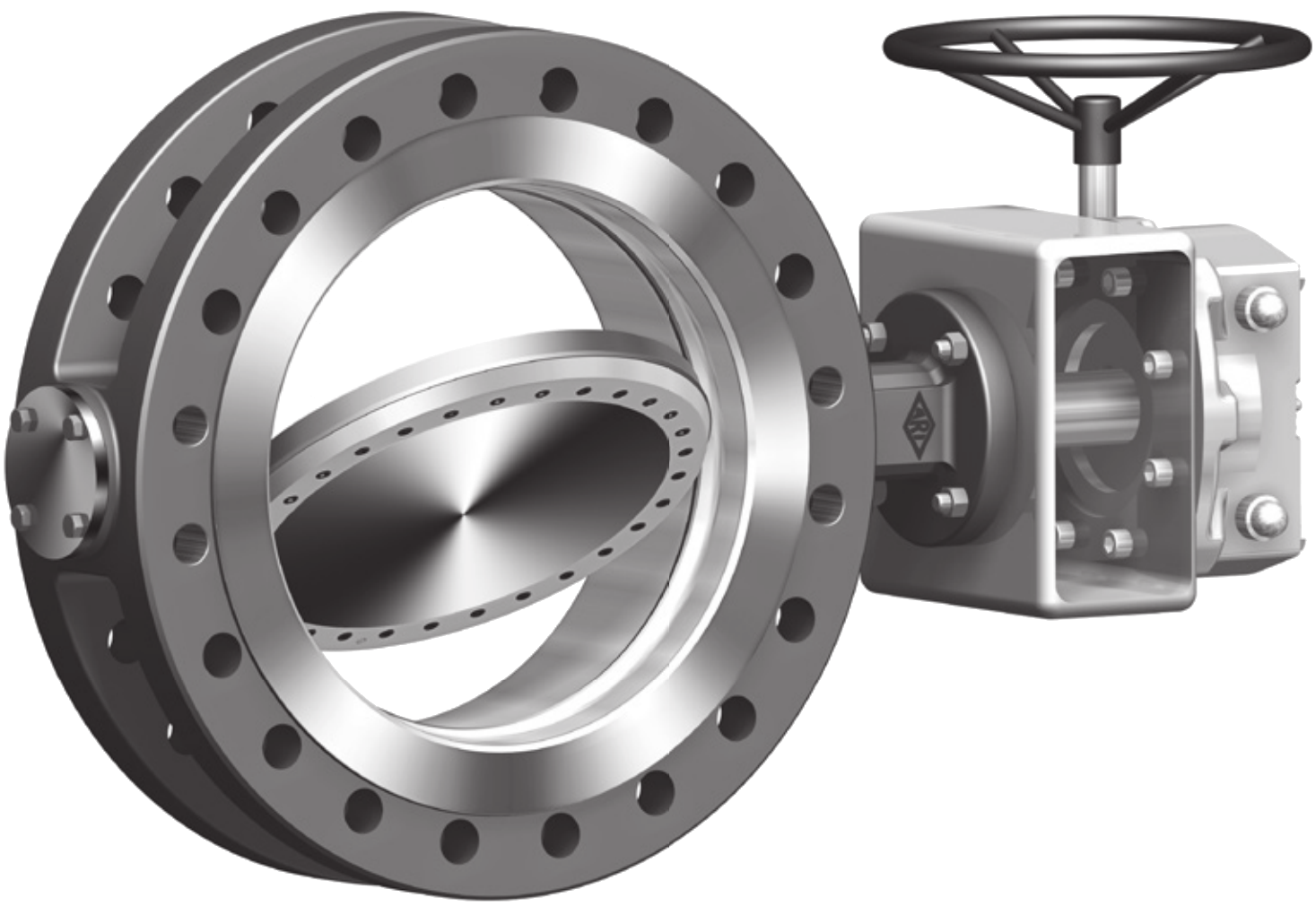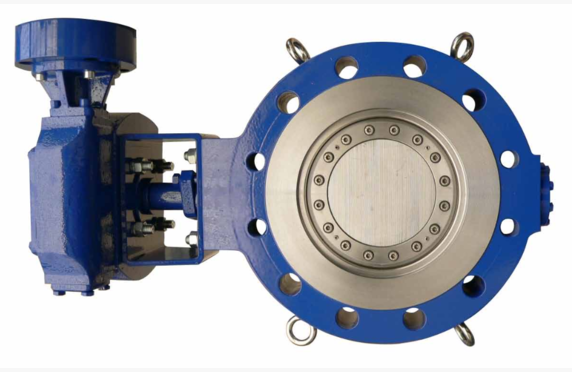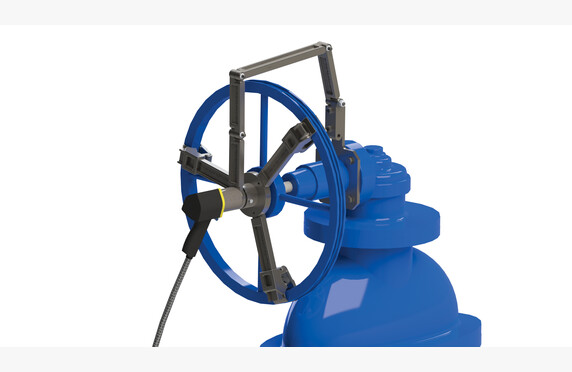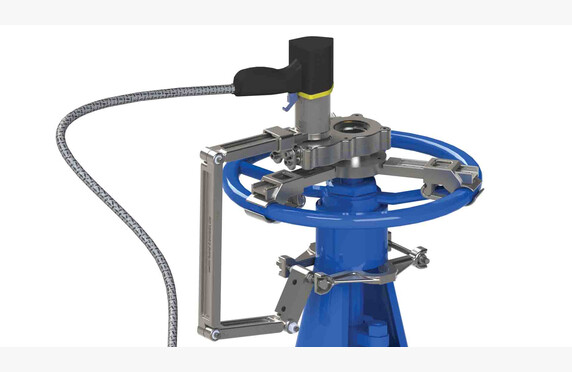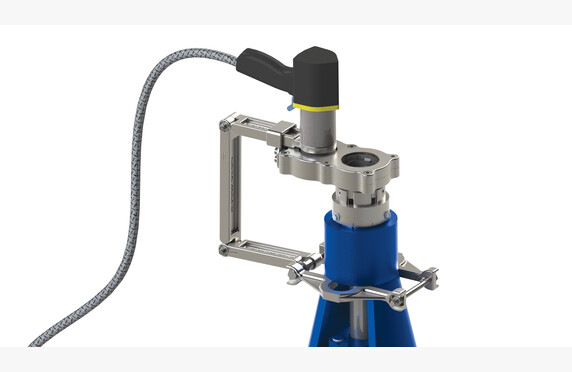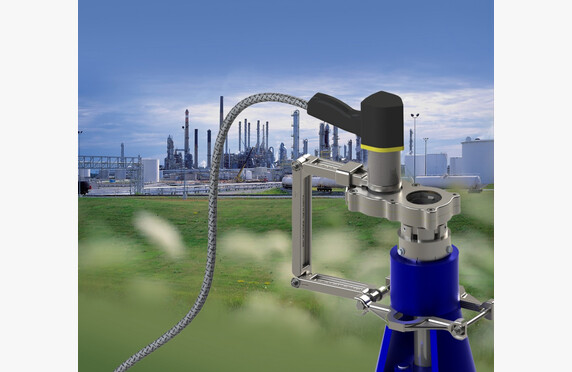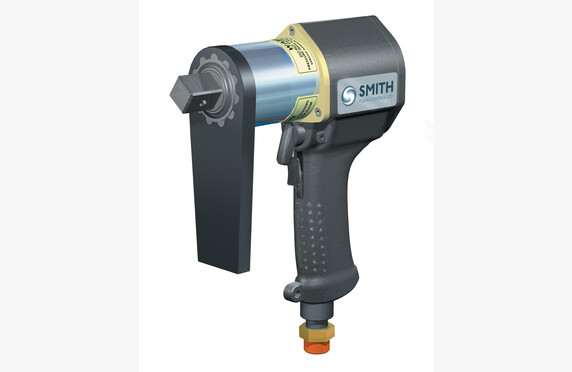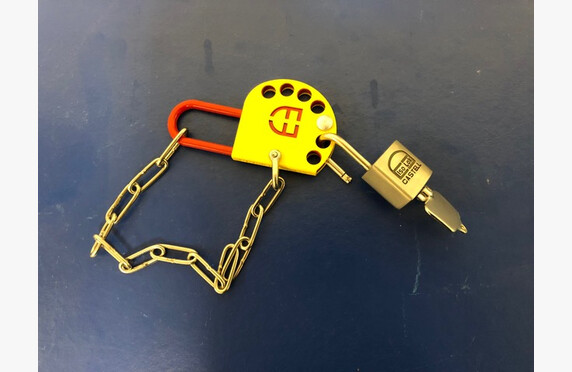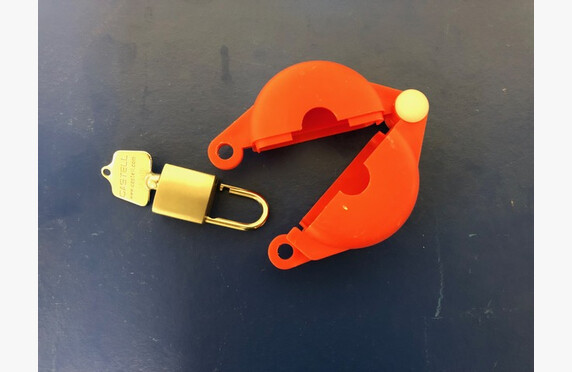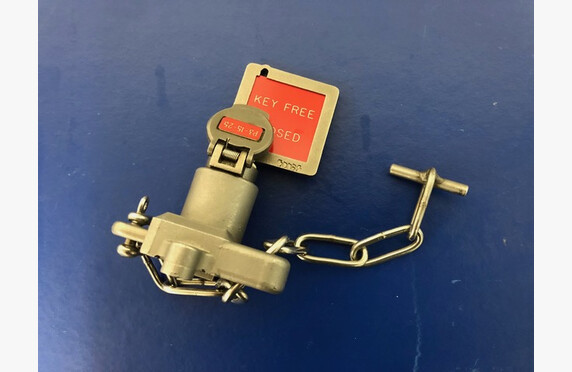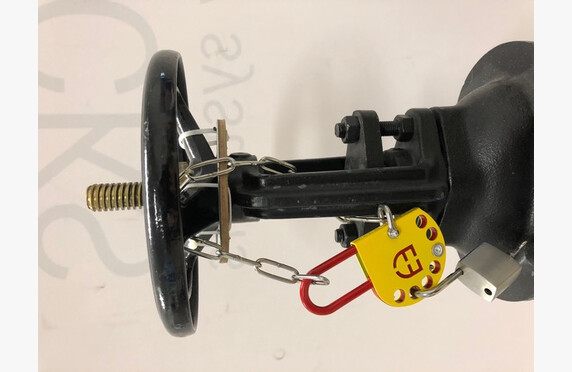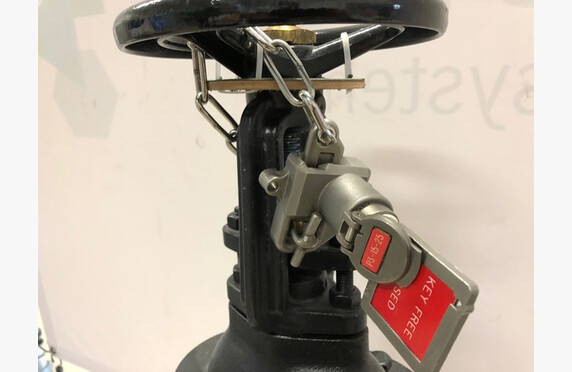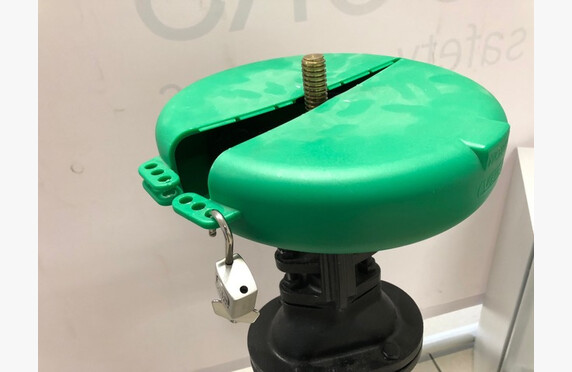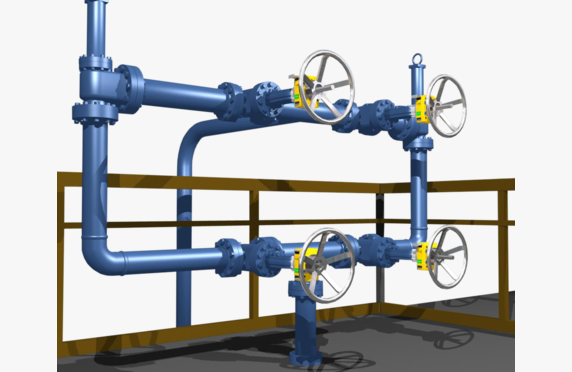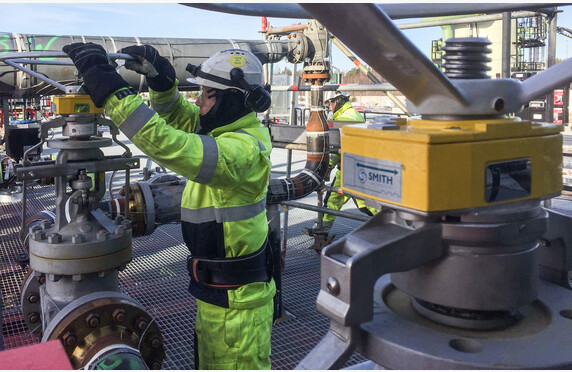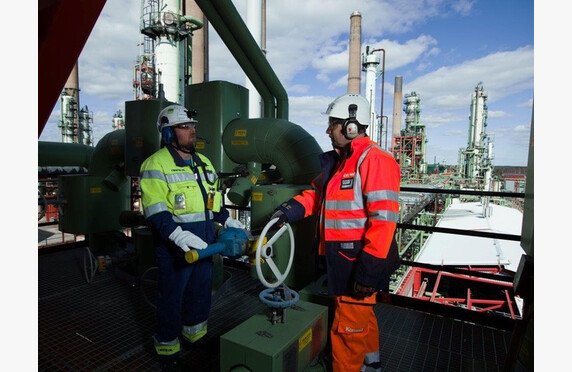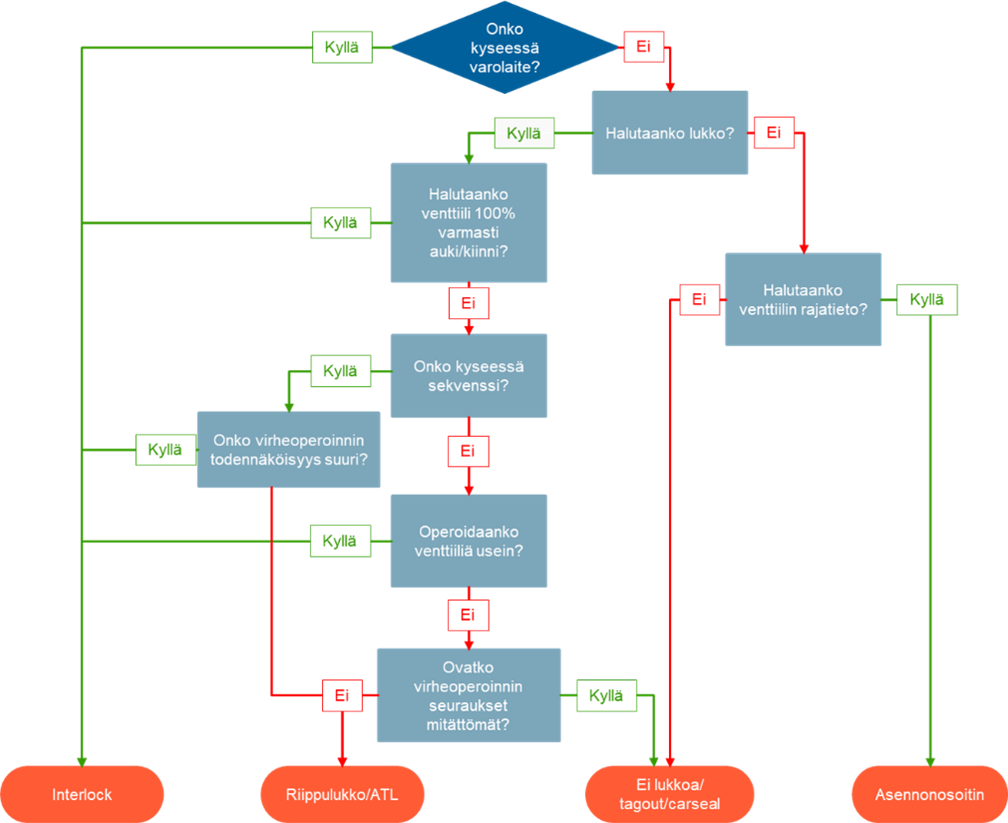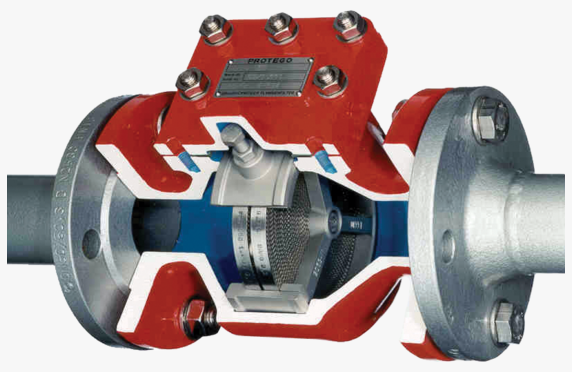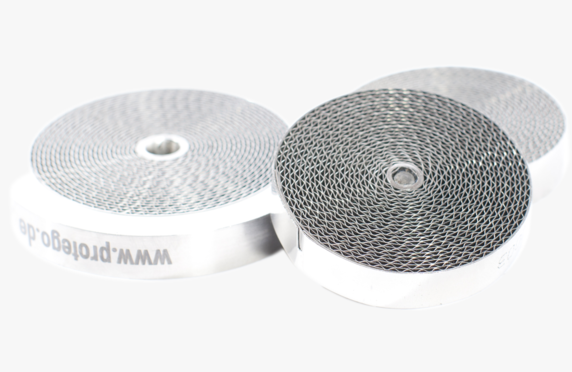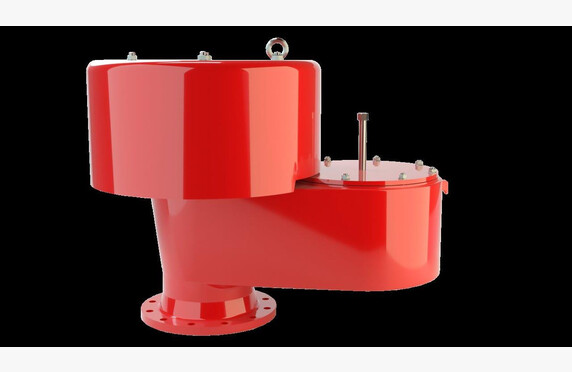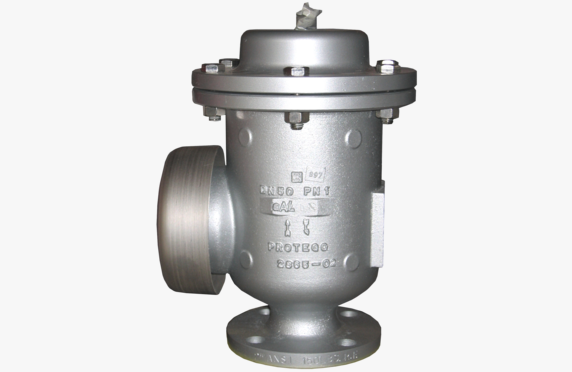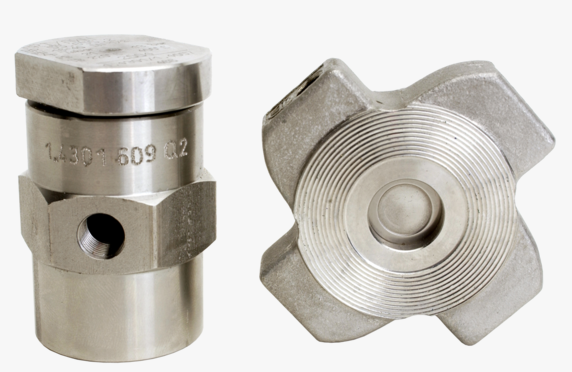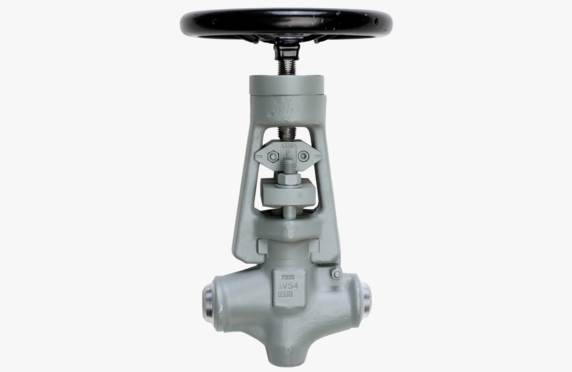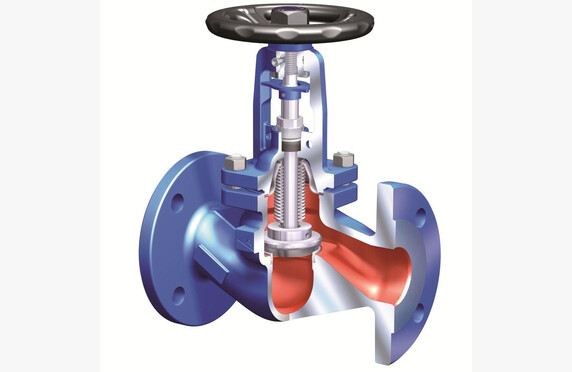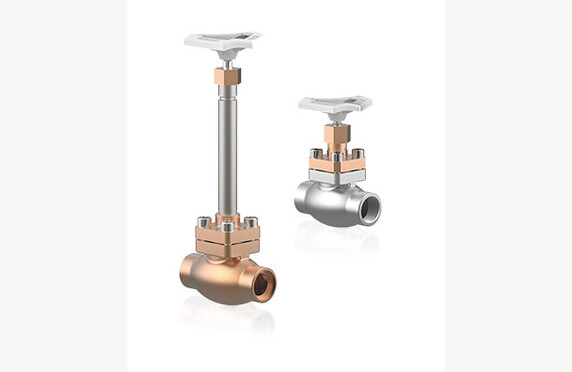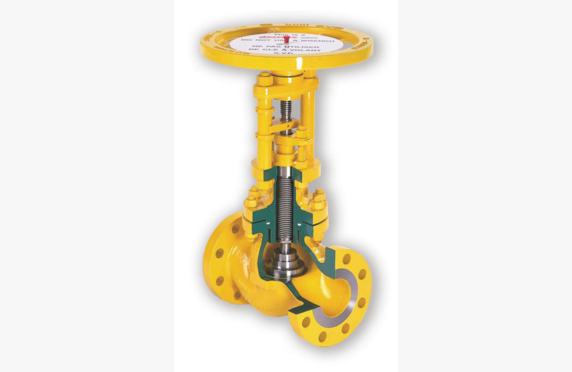Metal seated butterfly valves
Metal seated butterfly valves
Media
Manufacturers
Technical specifications
Size classes: DN 80–1200, NPS 3”–24”
Pressure classes: PN 10–100, ANSI 150/300
Temperature range: -196 °C…450 °C
Materials: steel, stainless and acid-resistant steel, special materials
Connection ends: between flanges, flanged, welded, lug type
Other names: metal seated butterfly valve
What is a metal seated butterfly valve?
In metal seated butterfly valves, the sealing surface between the disc and the body is, as the name suggests, metal.
Because the pressure and especially temperature resistance properties of metal seated butterfly valves are clearly superior to those with a rubber seat, their range of applications is also significantly broader. The characteristics of a metal seated butterfly valve can be influenced by the degree of eccentricity.
Eccentricity of the butterfly valve
In an eccentric butterfly valve, the disc rotates off-center, as the name suggests. This achieves a higher surface pressure between the disc and the seal as well as a rapid decrease in surface pressure and friction when opening the valve. In simple terms, eccentricity results in higher tightness and a lower opening torque. With triple eccentricity, significantly higher surface pressure and sealing are achieved.
- The first degree of eccentricity arises from the fact that the shaft is positioned behind the disc.
- The second degree of eccentricity is achieved by placing the shaft to the side of the disc’s centerline.
- The third degree of eccentricity is implemented by machining the sealing surface of either the disc or the body in an eccentric manner. Machining both achieves the aforementioned reduction in friction.
Typical applications for eccentric butterfly valves include: oil and gas production and processing, petrochemical industry, chemical industry, power plants, district heating, solar power plants, pulp and paper industry, steel industry, and sugar industry.
Choosing metal seated butterfly valves
We assist in selecting and sizing a butterfly valve that meets the requirements of your application. The installation options include between-flange, flanged, lug type (end flange) or welded models. Our triple eccentric butterfly valves are standardly of sealing class A, according to the EN 12266-1 standard.
The available ARI-ZETRIX- and RT Valves butterfly valves can be equipped with pneumatic or electric actuators.
For steam, condensate and process fluids
ARI-ZETRIX®, RT and AG offer triple eccentric and Högfors double eccentric valves. The metal seated butterfly valve is not only an on/off valve, but it is also suitable for specialized control applications.
Watch the YouTube video about Ari Armaturen’s emergency shutdown valve.
For liquid fuels
For fuel applications, Fire-Safe valves are available, which have been fire safety tested according to the ISO 10497 standard or API 607 standard. They are also ATEX certified.
For the seals of the stem, certificates according to ISO 15848-1 or TA-Luft are available.
For cryogenic fluids
In cryogenic lines, high performance models, i.e. triple eccentric butterfly valves, are used.
The triple eccentric butterfly valve performs better in demanding conditions than simpler butterfly valves. In large sizes, the butterfly valve is lighter than other types of valves.
The butterfly valve can be of a top-entry design, meaning that the valve is installed in the pipe by welding, but it has a top hatch to ensure maintainability.
The German company HEROSE manufactures metal seated triple eccentric, that is, triple-offset butterfly valves suitable for cryogenic conditions.
Download brochures
Steam and Condensate

ARI-Armaturen ZEDOX Double Offset Butterfly Valve – Thread Connection
Lataa PDF
ARI-Armaturen ZEDOX Double Offset Butterfly Valve – Double Flanged
Lataa PDF
ARI-Armaturen ZEDOX Double Offset Butterfly Valve – Butt Weld Ended
Lataa PDF
ARI-Armaturen ZEDOX Double Offset Butterfly Valve – Wafer Type
Lataa PDF
ARI-Armaturen ZETRIX Triple Offset Butterfly Valves
Lataa PDFProcess Fluids

ARMATURY Group Type L32.8 Triple-Eccentric Butterfly Valves
Lataa PDF
ARI-Armaturen ZEDOX Double Offset Butterfly Valve – Thread Connection
Lataa PDF
ARI-Armaturen ZEDOX Double Offset Butterfly Valve – Double Flanged
Lataa PDF
ARI-Armaturen ZEDOX Double Offset Butterfly Valve – Butt Weld Ended
Lataa PDF
ARI-Armaturen ZEDOX Double Offset Butterfly Valve – Wafer Type
Lataa PDF
ARI-Armaturen ZETRIX Triple Offset Butterfly Valves
Lataa PDF